Szechuan Beef: Spicy Secrets, Surprising Origins & How to Nail It at Home
Table of Contents
- Introduction
- The Sizzling History Behind Szechuan Beef
- What Makes Szechuan Beef So Damn Spicy?
- How to Make Szechuan Beef Like a Boss
- Top 10 Pro Tips for Perfecting Szechuan Beef at Home
- Szechuan Beef Around the World: Global Twists on a Fiery Classic
- Conclusion: Your Kitchen is Ready for That Tingly Burn
Welcome to the Fire Zone
If your taste buds haven't danced with the numbing heat of Szechuan peppercorns yet, then you're missing out on one of the most thrilling culinary experiences in global spice traditions. Today, we're diving deep into the world of szechuan beef—what makes it special, how to master it at home, and why people around the globe are obsessed with its unique flavor profile.
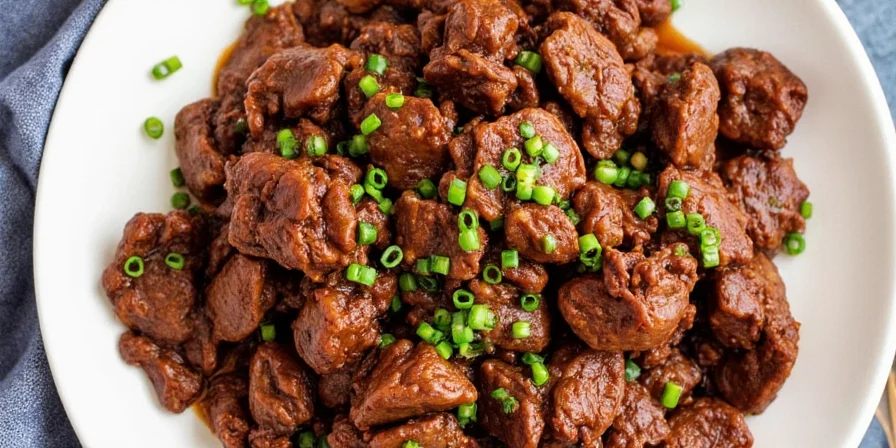
A Brief (and Spicy) History of Szechuan Beef
Szechuan cuisine hails from the Sichuan Province in southwestern China—a region known for its humid climate and love for intense flavors. The locals discovered that spicy food could help combat the damp weather by inducing sweat and boosting circulation. Over time, this evolved into a full-blown obsession with heat, numbing sensations, and bold umami flavors.
Szechuan beef, as we know it today, likely became popular in the 20th century when stir-frying techniques merged with the region’s signature spice blend. It wasn’t long before it became a staple not only across China but also in Chinese-American restaurants, where it took on a slightly sweeter twist.
Why Is Szechuan Beef So Spicy? Let’s Break It Down
The key players behind the unforgettable kick of szechuan beef aren’t just about heat—they’re about contrast, complexity, and a tingling numbness that makes your lips buzz like they've had a few too many espresso shots.
| Spice Component | Role in Szechuan Beef | Flavor Profile |
|---|---|---|
| Szechuan Peppercorns | Numbing agent | Woody, citrusy, tongue-tingling |
| Chili Flakes / Fresh Chilies | Heat provider | Earthy, smoky, fire-on-tongue |
| Garlic | Flavor enhancer | Pungent, savory |
| Ginger | Warmth & balance | Peppery, fresh |
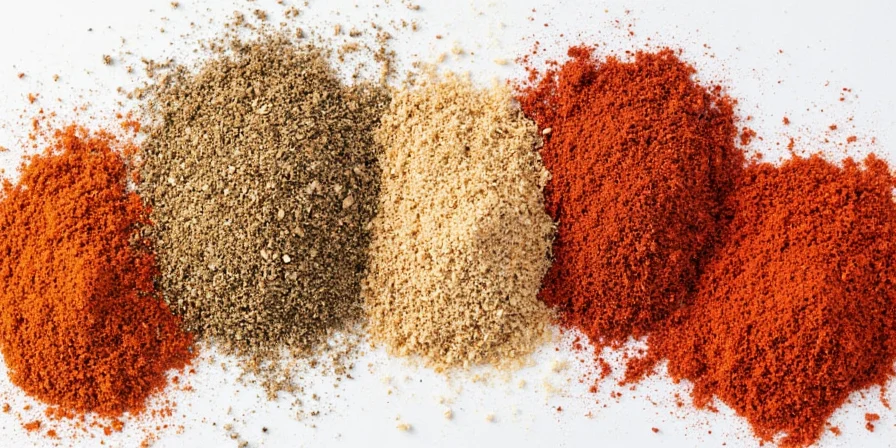
How to Make Szechuan Beef Like a Boss
You don’t need a wok or decades of experience to nail this dish. Just a little patience, some quality ingredients, and the right technique. Here's a basic roadmap:
- Marinate thinly sliced beef in soy sauce, cornstarch, and a splash of Shaoxing wine for tenderness and depth.
- Stir-fry quickly over high heat using neutral oil like grapeseed or vegetable oil.
- Add aromatics—garlic, ginger, chilies, and scallions—before tossing in the meat.
- Finish with a punchy sauce made of soy sauce, oyster sauce, chili paste, and rice vinegar for sweet-salty-spicy balance.
- Toast whole Szechuan peppercorns in oil until fragrant, crush them slightly, and toss into the pan at the end for that mouth-numbing magic.
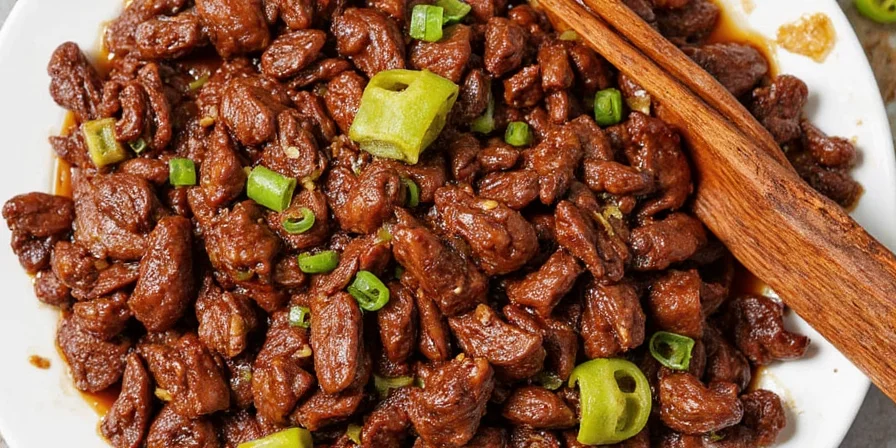
Top 10 Pro Tips for Nailing Szechuan Beef at Home
- Use flank steak—and slice it against the grain. It’s tender enough after quick cooking but holds up well under high heat.
- Don’t skip the cornstarch! It helps create a silky texture and protects the beef from overcooking.
- Toasted peppercorns = essential. Grind them lightly just before adding—this releases their volatile oils for maximum flavor.
- Dry chilies vs. fresh? Try both! Dry chilies give smoky depth; fresh ones bring a sharper, more immediate heat.
- Prep all ingredients before heating the wok. This is a fast-moving dish, and timing is everything.
- Oil temperature matters. You want it hot enough to sear the beef immediately without steaming it.
- Keep the scallions green. Add them at the very end to preserve their bright color and crisp texture.
- Balancing the sauce is crucial. Aim for equal parts salty, spicy, sour, and sweet. Taste and adjust!
- Don’t overcook the veggies. Bell peppers or broccoli should still have a slight crunch when you bite into them.
- Rest the dish for 2–3 minutes before serving. This allows the flavors to meld together beautifully.

Szechuan Beef Around the World: Global Twists on a Fiery Classic
Like any great dish, szechuan beef has traveled far and wide—and adapted to local tastes along the way. Here are some fun regional spins:
- USA: Sweet, sticky, and loaded with bell peppers—perfect for takeout lovers.
- UK: Often toned down for milder palates but retains the unmistakable aroma of Szechuan peppercorns.
- Mexico: Sometimes served in tacos or burritos with cilantro and lime for an extra kick.
- India: Infused with local spices like cumin and turmeric—often spicier than the original!
- Thailand: Thai basil added at the end for freshness and herbal brightness.
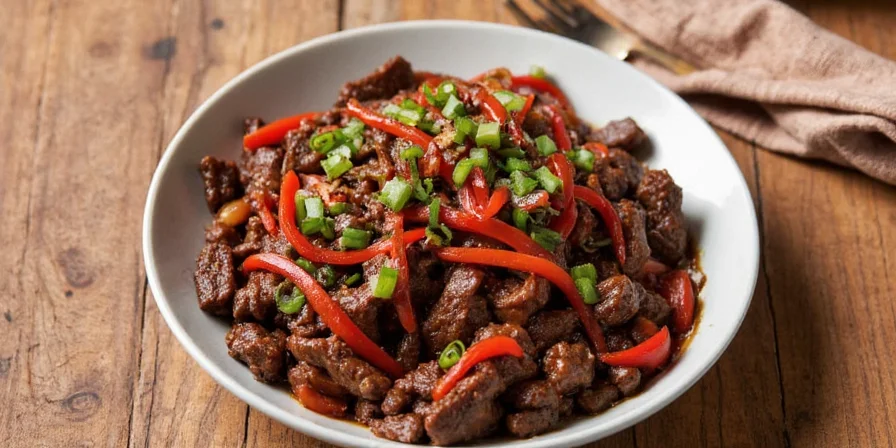
Conclusion: Your Kitchen is Ready for That Tingly Burn
Szechuan beef isn’t just another stir-fry—it’s a celebration of spice, balance, and tradition wrapped in one fiery package. Whether you're a seasoned chef or a curious home cook, mastering this dish opens the door to a whole new world of flavor. With the right ingredients, a few smart techniques, and a bit of courage, you’ll be turning up the heat in your kitchen like never before.
So go ahead—grab those peppercorns, crank up the stove, and let your taste buds tingle!
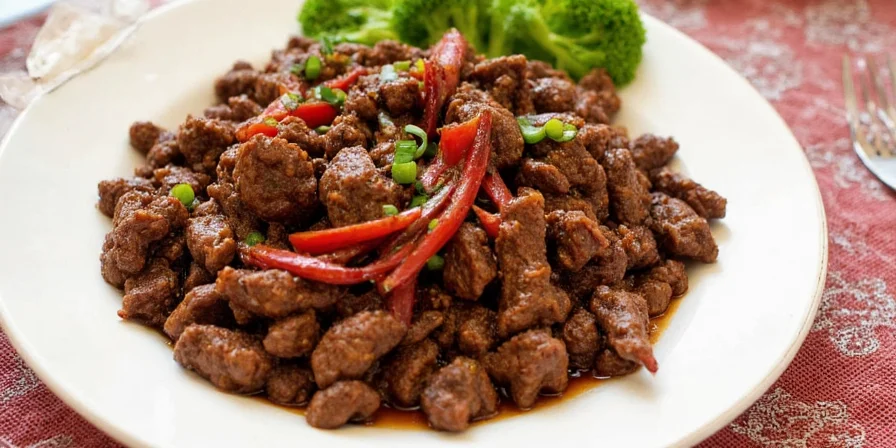

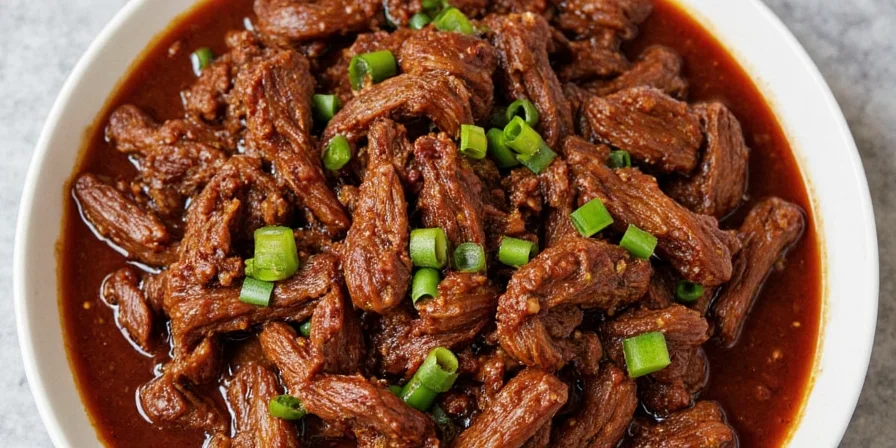









 浙公网安备
33010002000092号
浙公网安备
33010002000092号 浙B2-20120091-4
浙B2-20120091-4